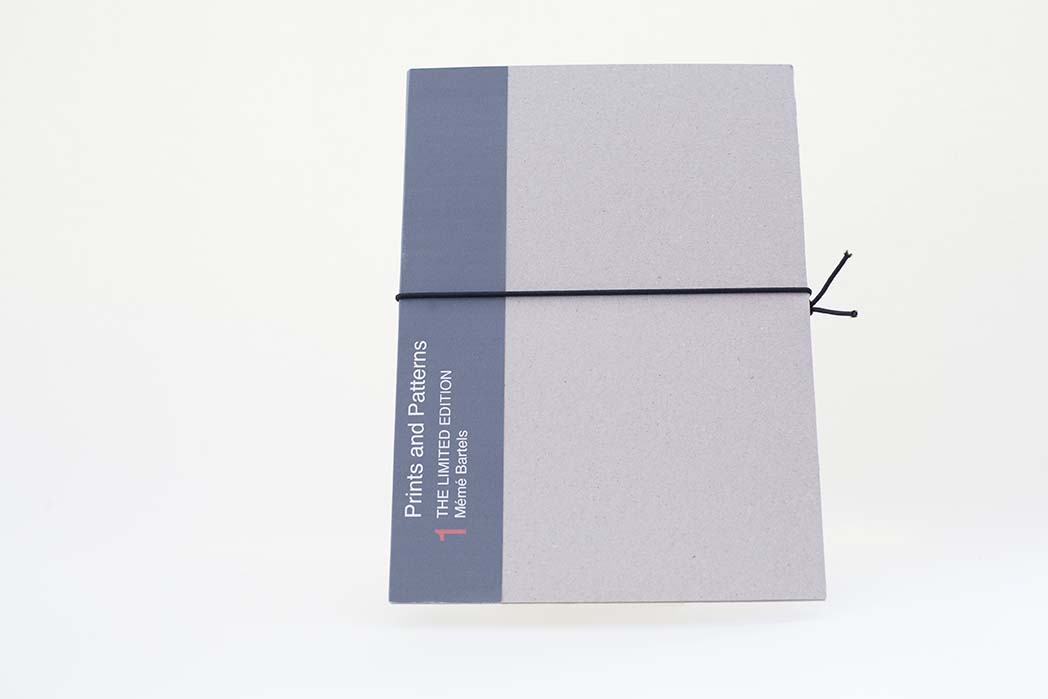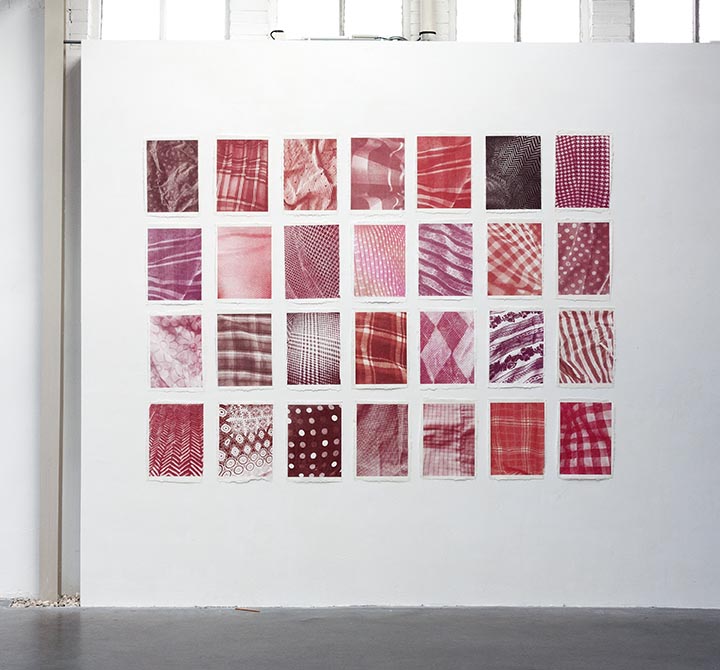
A handmade book with 8 double transfer prints on hand made paper
Size: 24 x 33,5 cm
Edition: 10
Publication date: September 2021
Price: €150
Price single transfer print A3 € 250
My immediate surroundings are an important source of inspiration for me. In my work, the transience of everyday life and the idea that only the extraordinary seems to capture our attention are important themes. I focus on small everyday things that are often overlooked. This is also true for the prints and patterns found in my home. In 2021, I photographed them and created a series of prints called “Prints and Patterns.”
1. In the Middle Ages, decorated objects were only accessible to the elite. However, with industrialization, a more luxurious interior decoration and the possession of decorated objects became accessible to a larger audience. Classical art decoration motifs were no longer used. Rococo ornaments and Chinese motifs were popular during this time and were combined with a free interpretation of natural motifs. Decoration became an important means to entice people to buy. When the Great Exhibition of the Industry of all Nations was held in London in 1851, it became clear where this led: overly lavish and randomly decorated products. Unity was far from being achieved; there was no specific nineteenth-century style. Critics mainly condemned the superficial pursuit of effect.
2. In 1914, it was Kandinsky who defended abstract forms against critics who considered abstraction as a form of decoration. He argued that the use of decorative forms posed the greatest danger to artists because these decorations typically expressed only external beauty and lacked any substantial content. Decorative art was also associated with femininity. Expressionist painters wrote passionate essays rejecting any association with decoration and decorative embellishments.
3. Around 1920, the Bauhaus adopted a clear distinction between fine art (Kunst) such as painting and sculpture, crafts (Handwerk) like carpet production, and applied art (Kunstgewerbe) such as weaving and ceramics). The first two categories belonged to the male domain, while the latter belonged to the female domain. Kunstgewerbe also had a lower status. Weaving therefore became the primary medium for the large group of women who enrolled at the Bauhaus.
The prints and patterns that can be found as textiles in my home are indebted to this history.

Group exposition